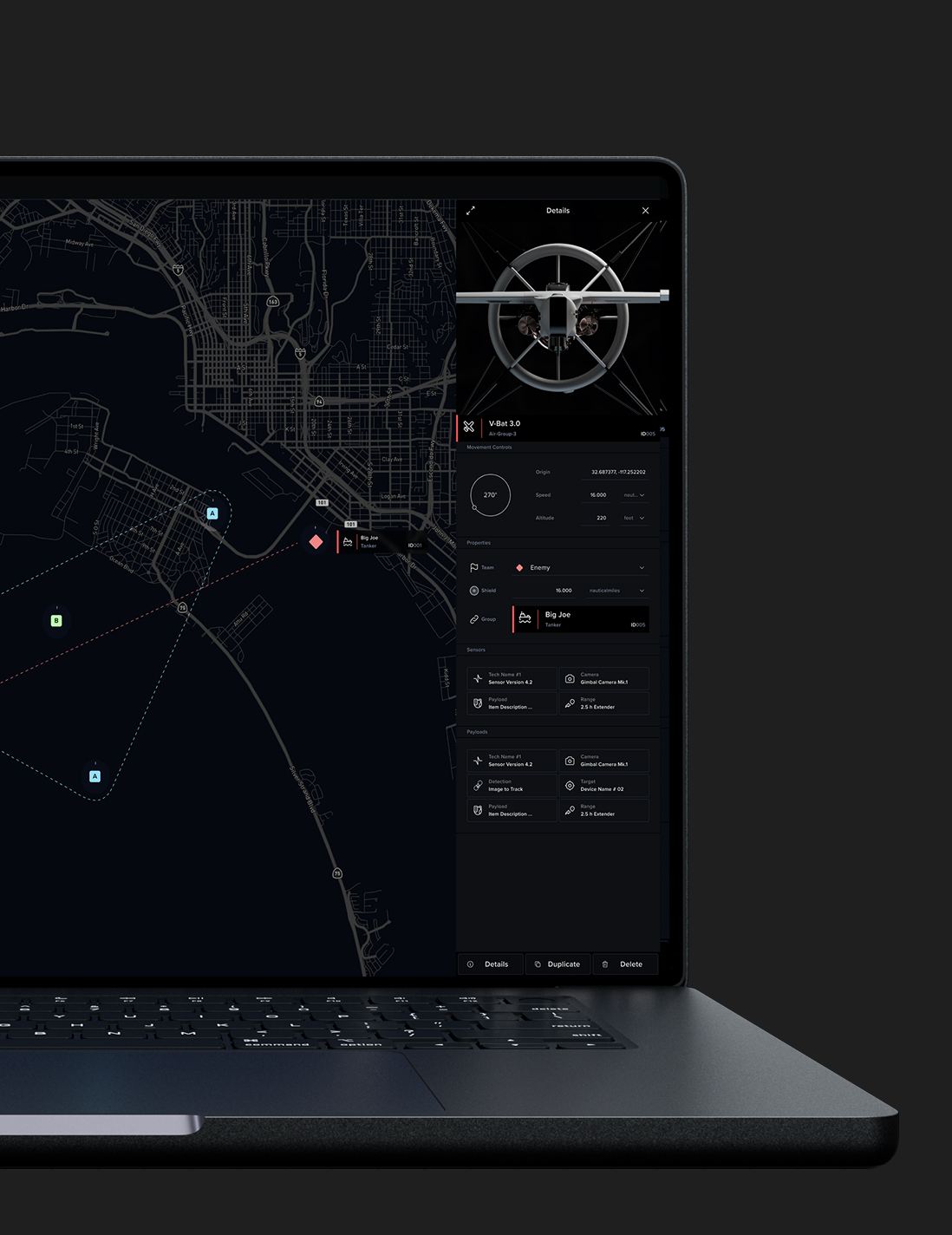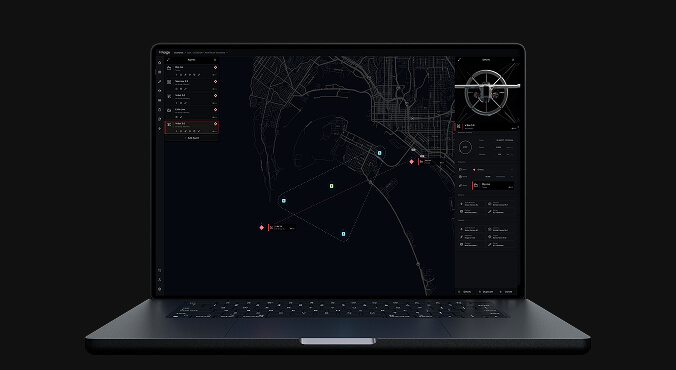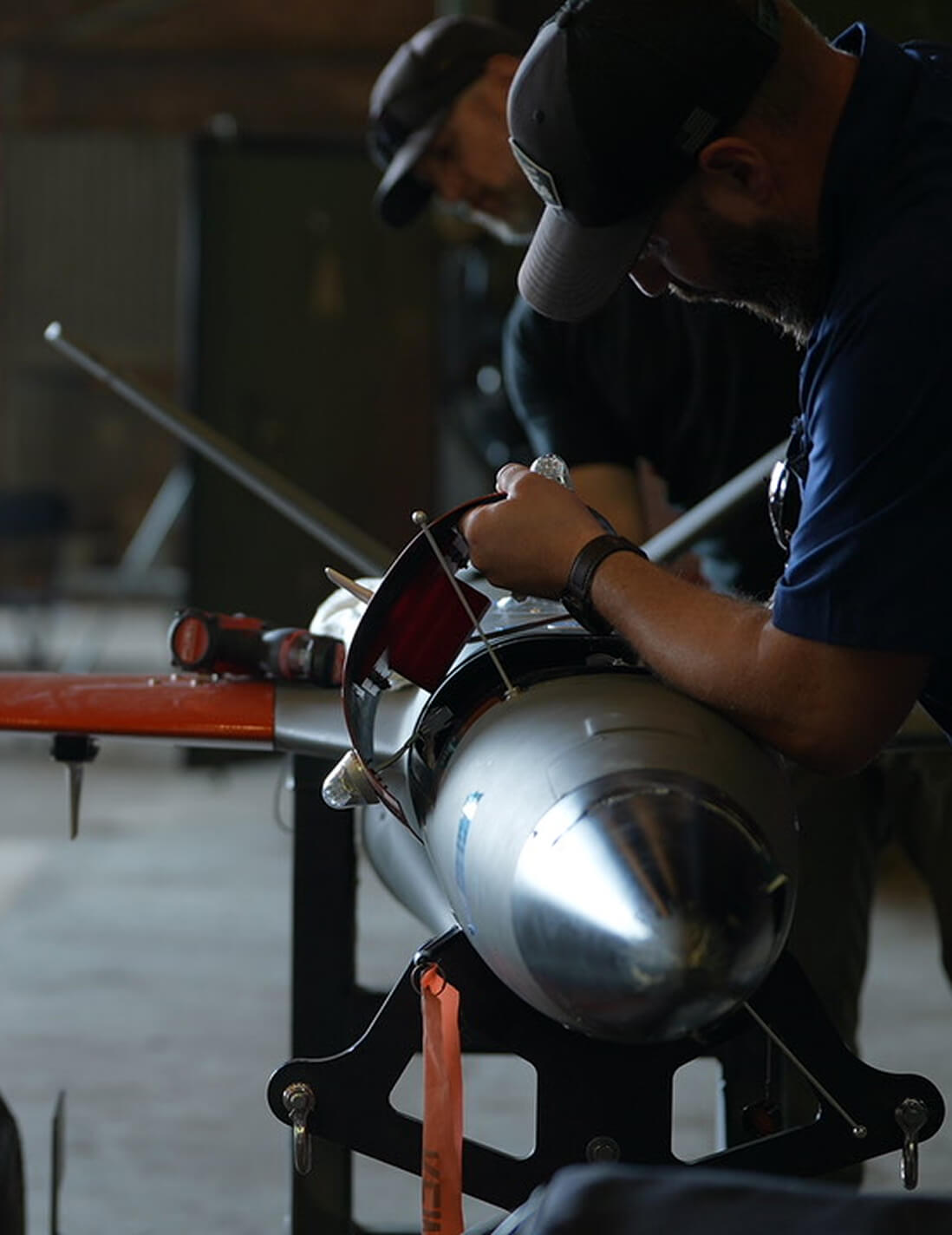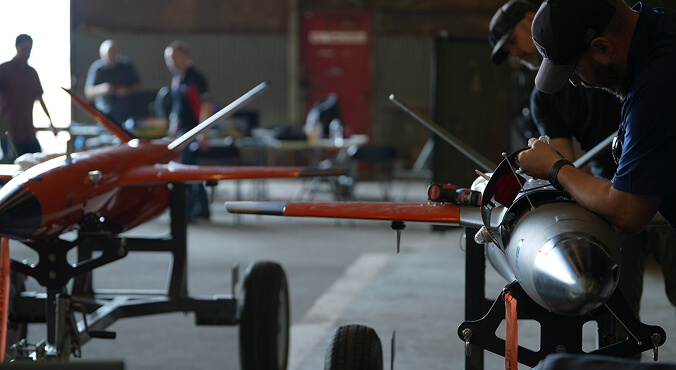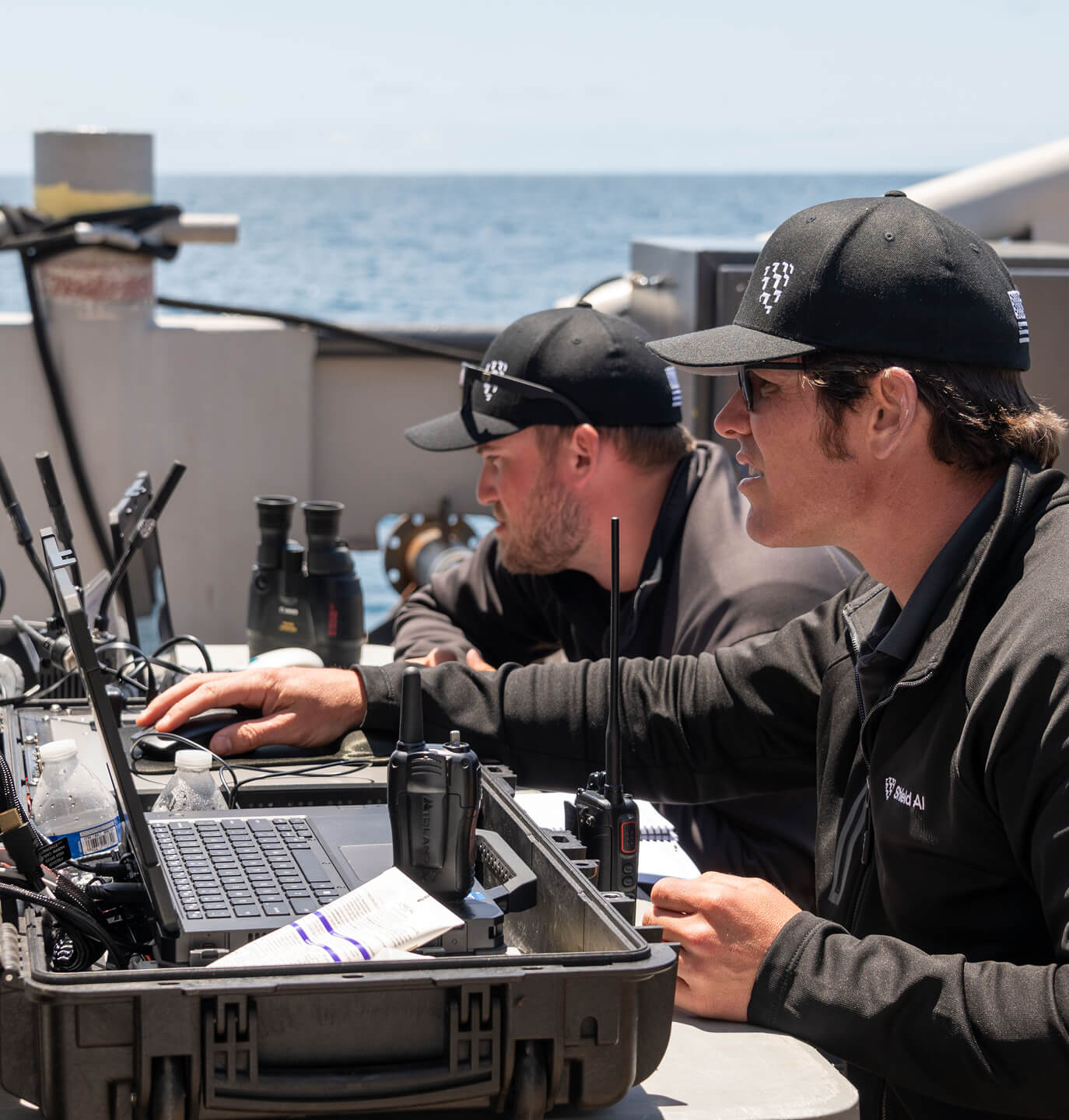[April 1, 2021]
America Must Accelerate, Scale, and Innovate to Win Future Wars

Nikki is an employee at Shield AI and an Army veteran who completed two deployments to Afghanistan and a tour of duty in South Korea. Since transition from the military, Nikki has worked in the tech industry, primarily focusing on the commercial and defense sectors. In the blog post below, she shares insights on how the Department of Defense (DoD) can more effectively partner with tech companies to prepare the military for future conflict.
President Ronald Reagan once stated that, “There are no great limits to growth because there are no limits of human intelligence, imagination, and wonder.” From iPhones to self-driving cars and reusable rockets, the wildest dreams of ambitious inventors know no bounds. Commercial technology has consistently developed one innovative product after another over the past decade, but it seems apparent that DoD, during the same time span, has struggled to keep up with the ongoing technological revolution.
As a proud Army veteran that has been fortunate enough to work for one of the world’s largest tech companies and now Shield AI, a cutting-edge defense technology startup, I am constantly reminded of the stark contrast between my military and civilian life. The perspective that I keep returning to is that DoD and the private sector must re-learn how to partner with each other in order to ensure that our military is ready for a future armed conflict against near-peer adversaries.
Accelerate Software Development through Commercial Partnership
My first months in the technology industry were transformative, as my eyes were opened to a different approach to problem solving. Given that in the Army I had grown accustomed to long winded and underwhelming product rollouts, I was blown away by the speed at which a commercial company could identify a challenge, develop a solution, and then deploy it to customers. What would have taken the Army years to complete, only took my new employer months to accomplish; and not only that, but the software came integrated, fully functional, and user friendly.
Reflecting on my time as a captain in South Korea, where I was tasked with managing tactical network systems, I am reminded of the sense of urgency the organization felt each day knowing that at any minute something could disrupt regional stability and result in armed conflict. It is imperative that troops in the Indo-Pacific maintain a high level of readiness, which includes access to the most advanced AI-enabled military technology available.
As China positions itself for dominance in the region by investing heavily in private industry, the DoD must do the same. Commercial partnerships are the only way that DoD can accelerate the deployment of cutting-edge technology and outpace the competition to maintain stability in the Pacific – and beyond.
Scale Cutting Edge Technology for the Warfighter
Within the private technology market in the United States, inventors are constantly challenging convention to creatively solve problems at scale and beat competitors to market. DoD must approach scaling emerging technology to warfighters with the same urgency and tenacity.
On my second deployment to Afghanistan, I supported Special Operations Forces units as a Cultural Support Team Leader, executing over 40 direct action missions. What struck me most about my time in that role was the amount of technology at the special operators’ disposal. They were equipped with the latest and greatest in night vision, weaponry, communications and tactical networking, and they always had unparalleled fire and air support during operations. This is not the case among the wider military community, where there are far more people to equip. For the DoD to prepare the military for conflict against peer adversaries, it is imperative to achieve near-parity among all military organizations.
Unlike incumbent defense primes, startups like Shield AI operate against commercial development timelines. They can conceptualize, produce, and quickly iterate AI software for defense, and they require only the funding to deploy this technology at scale. DoD must expedite the path to force modernization through partnerships with technology startups which have the agility and technology to deliver self-driving platforms capable of operating in highly contested, peer-level environments.
Innovate to Ensure Overmatch
As the latest National Security Commission on Artificial Intelligence (NSCAI) report suggests, only the U.S. and China have the talent and innovation ecosystems to become world leaders in AI, and in some applications, China is already a peer.
Since my transition from the Army, I have learned more about the great work DoD is doing to partner with innovative young companies like Shield AI. Programs like AFWERX, SBIR, DIU, and DARPA all recognize that without the ability to leverage the expertise and speed of private tech firms, the race with China will be lost. DoD is working to reinvigorate civil-military collaboration, reminiscent of the partnerships that lead to the development of tremendous military technology like GPS and precision guided munitions during the Cold War.
Today, I am proud to work for a company that is dedicated to developing and fielding the best AI -enabled, self-driving technology for the warfighter. I look forward to advancing Shield AI’s objectives and deepening our partnership with DoD to ensure that American service members are well prepared for future armed conflicts.
